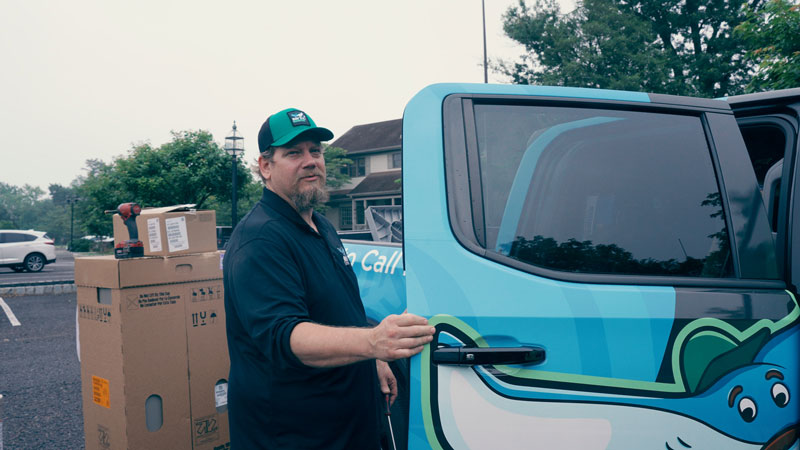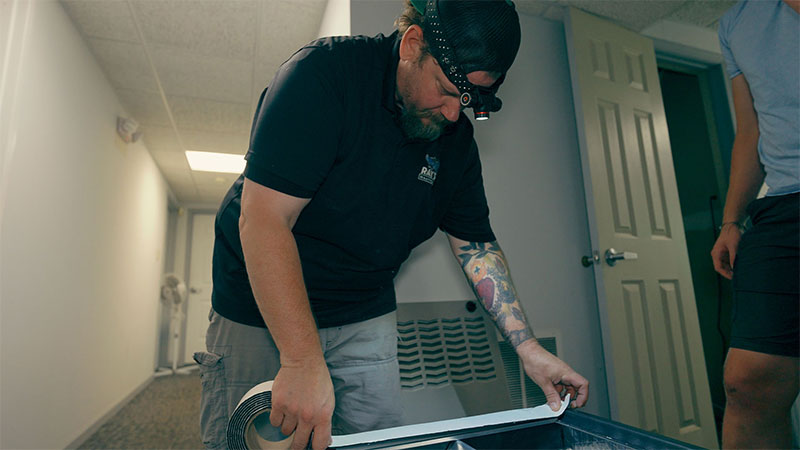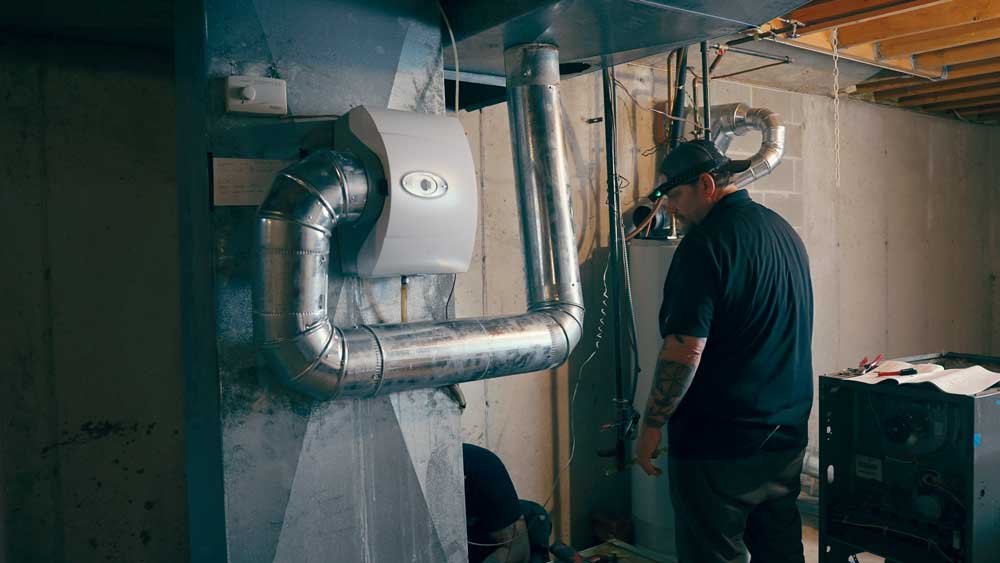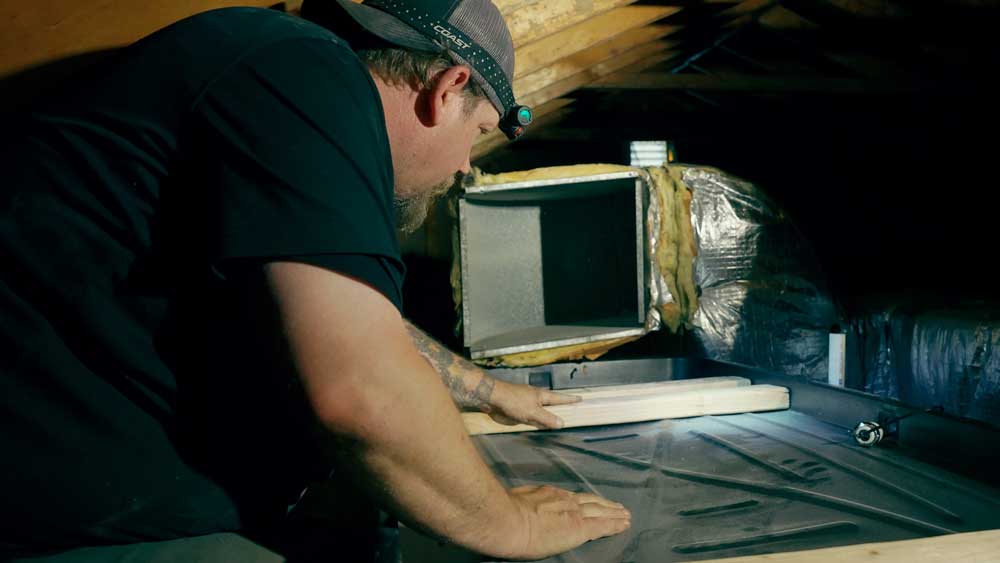
Stop Overworking Your AC: Find the Real Cause Behind Second-Floor Heat
If your second floor is always hotter than the rest of your home—especially during Pennsylvania heat waves—you’re not alone. This frustrating issue affects thousands of homeowners across Bucks County, Montgomery County, and the Main Line every summer.
But it’s more than just an inconvenience. A hot second floor often signals poor airflow, insulation gaps, and HVAC system inefficiencies. Left unchecked, it can lead to higher energy bills, indoor air quality issues, and health risks like heat rash, heat stroke, and other heat related illnesses—especially for older adults or those with medical conditions.
Let’s break down what’s causing the problem—and how Ray’s Heating & Air can help you prevent heat buildup and reclaim cool air comfort.
1. Hot Air Rises: Understanding the Stack Effect
Hot air rises—it's a basic principle of thermodynamics, known as the stack effect. During summer, warm air from your first floor climbs upward and becomes trapped upstairs, especially if:
- Your attic is poorly ventilated
- There are air leaks in your building envelope
- Your home’s thermostat is only located on the first floor
This causes an uneven distribution of cool air, increases indoor humidity, and overworks your cooling system.
2. Your Attic Might Be Working Against You
Poor attic insulation or ventilation turns your attic into a solar oven. Roofs with dark shingles can cause attic temperatures to spike 30–40°F above ambient air. Without a radiant barrier or proper insulation, this floor heat radiates into your second story.
Smart Fixes:
- Upgrade attic insulation to R-38 or higher
- Add passive or active ventilation
- Install radiant barriers to reflect solar heat
Ray’s Heating & Air can help insulate your attic and seal ducts to reduce indoor air quality issues and improve energy efficiency.
3. Your HVAC System May Be Poorly Balanced
Even a new air conditioning system can struggle to cool upstairs if:
- Ductwork is leaking or uninsulated
- Vents are blocked
- Your thermostat only reads first-floor temperatures
- Your air filters are dirty
Dirty filters and leaky ducts restrict airflow and lead to uneven cooling, higher energy use, and discomfort.
Solutions:
- Replace air filters every 30 days during cooling season
- Schedule duct inspections and sealing
- Install a zoning system or ductless mini split system
- Add a second-floor thermostat or smart sensor
Explore zoning solutions or a ductless system with Ray’s Heating & Air to keep cool air moving efficiently.
4. Air Leaks and Poor Sealing Let Hot Air In
Unsealed gaps in walls, ceilings, windows, or floors allow excessive heat and humidity to enter. During air quality alerts or excessive heat events, this worsens cooling performance and increases the risk of indoor air quality issues.
Fix It: Seal leaks with caulk, spray foam, and weatherstripping before upgrading insulation. Air sealing is one of the most cost-effective ways to improve HVAC system efficiency.
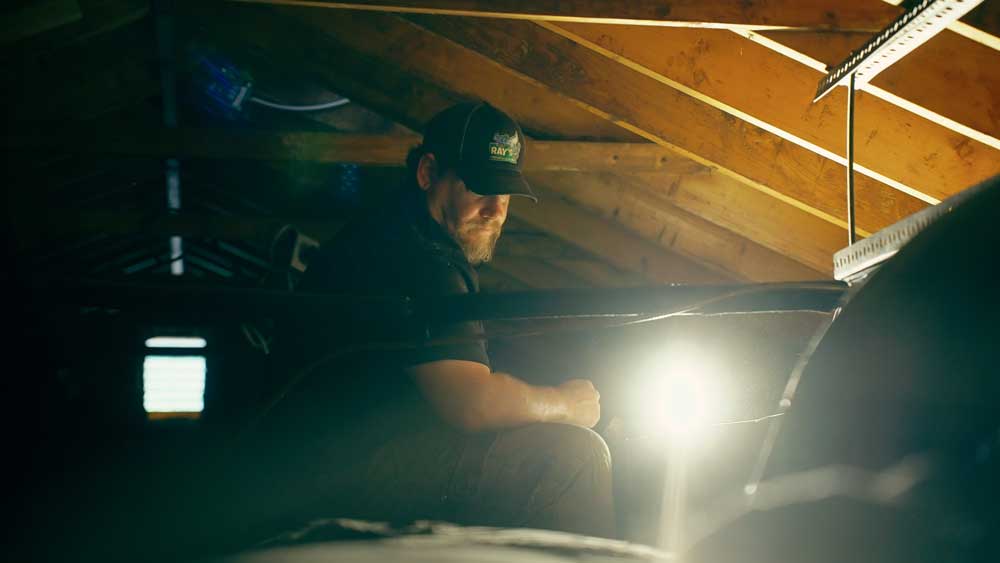
5. Are Your Thermostat Settings Working Against You?
Using one thermostat for multiple floors often results in uneven temperatures. The U.S. Department of Energy recommends:
- Set the second-floor thermostat to 76–78°F
- Set the first-floor 2–3°F higher
Smart thermostats can automate this and adjust based on occupancy and usage patterns, which reduces cooling system load.
6. Window Heat Gain: A Silent Energy Killer
Windows contribute up to 30% of indoor heat gain—especially south- and west-facing ones.
Energy-Saving Upgrades:
- Reflective window film
- Insulated cellular shades
- Exterior awnings or landscaping
These options block radiant heat, preserve cool air, and improve the performance of your conditioning systems.
7. How to Stay Cool Upstairs Without Overworking Your AC
Cranking your AC during heat waves increases wear and tear, utility bills, and the risk of breakdowns. Instead:
Stay Cool Smarter:
- Run ceiling fans counterclockwise to push air down
- Use box fans at night for cross-ventilation
- Close blinds during the day
- Limit outdoor activities during the hottest part of the day
- Install a ductless mini split system in high-use upstairs rooms
Ray’s Heating & Air offers ductless system installation with high-efficiency options.
8. Don’t Ignore the Health Risks of a Hot Second Floor
High temperatures on your second floor can lead to serious health problems:
- Heat rash and skin irritation
- Heat stress and dizziness
- Dehydration and fainting
- Heat stroke, a medical emergency
Risk factors include older adults, children, pets, and individuals with health conditions. During heat waves, the United States sees a spike in heat related illnesses, often linked to inadequate cooling.
Final Word from Ray’s Heating & Air
If your second floor is too hot, don’t just crank up the AC. Ray’s Heating & Air helps homeowners across Yardley, Bensalem, Feasterville, Langhorne, and Doylestown stay safe, cool, and efficient with:
- HVAC zoning systems
- Smart thermostats
- Duct repairs and air sealing
- Indoor air quality improvements
- New air conditioning system installation
📞 Call (267) 485-6068 or book service online to solve your second-floor heat problem with proven solutions.
Frequently Asked Questions
Why is my second floor hotter than the first floor?
Hot air rises, and if your attic isn’t well-insulated or ventilated, it traps heat that radiates downward. Poor airflow and ductwork imbalances also contribute.
How do I fix a hot second floor in summer?
Seal air leaks, insulate the attic, install smart thermostats, and consider zoning your HVAC system. A ductless mini split system is also a great option for targeted upstairs cooling.
Can a new air conditioning system fix my hot upstairs?
It can help—but only if installed correctly with attention to ductwork, airflow, and proper zoning. A professional evaluation by Ray’s Heating & Air is the best first step.
What temperature should I set upstairs during a heat wave?
The U.S. Department of Energy recommends 76–78°F for upstairs and 2–3°F warmer downstairs for energy efficiency and comfort.
Is a hot upstairs dangerous?
Yes. High indoor temperatures increase the risk of heat stroke, heat rash, and dehydration—especially for older adults, children, and people with health conditions.
Will a ductless system cool my second floor better?
Yes. Ductless mini split systems provide targeted cooling, are energy efficient, and don’t rely on shared ductwork, making them ideal for solving hot second-floor issues.








